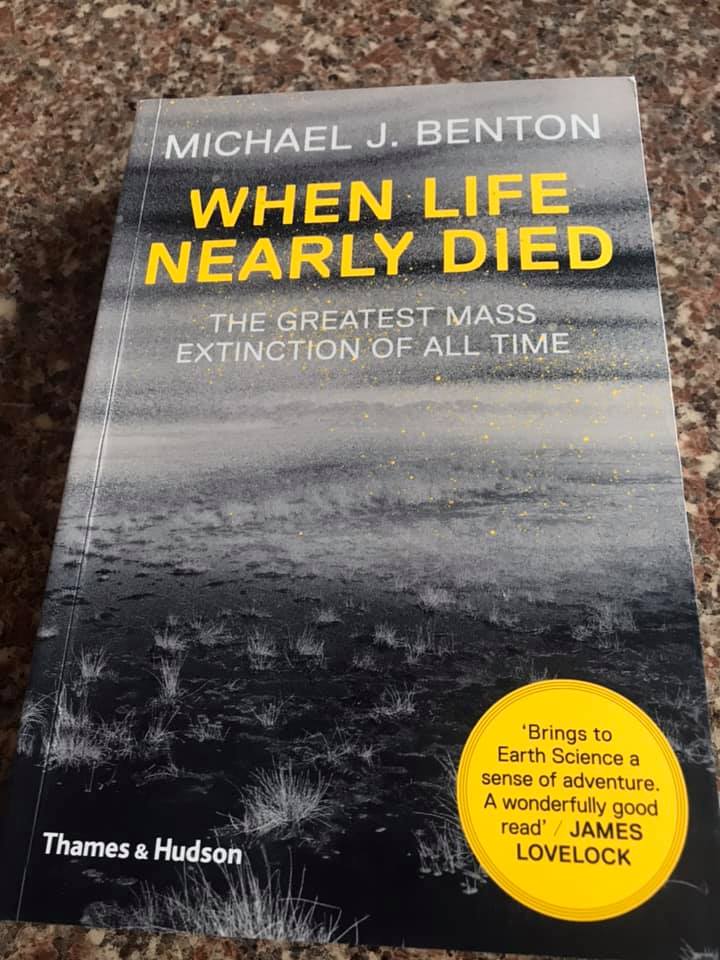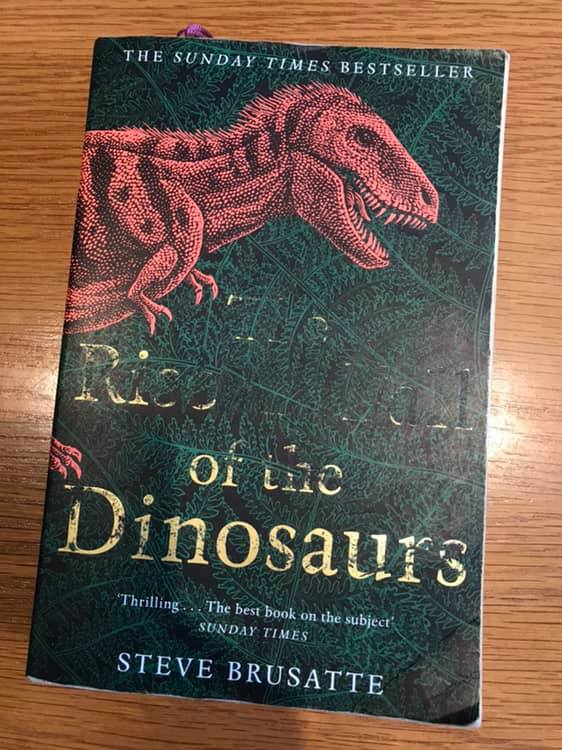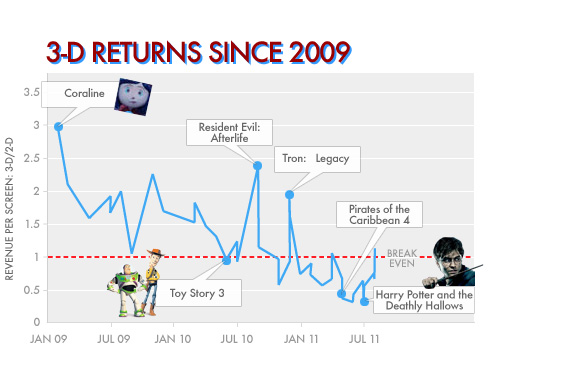Ben Anderson, Alaska Dispatch, 25th Sept 2012
Is there a Bigfoot on Alaska’s North Slope? One Barrow family thinks so, and it has them worried about a remote cabin property they own about 35 miles south of America’s northernmost community.
Sarah Skin has been camping at the cabin every year for the last half-century. In the last three years, she and her family say they’ve repeatedly seen 10-foot tall, bipedal creatures that are black, brown or grayish in color. Skin said that they’ve seen the creatures three years running, each time in the fall when the family heads to the cabin to hunt for caribou.
Before that, she’d never seen anything like the Bigfoot, as she refers to the mysterious beasts, anywhere near her cabin, located about halfway between Barrow and the community of Atqasuk.
“People from a long time ago used to see them, I guess,” Skin said. “I’m 50 years old and I’ve been camping out here my whole life, and I’ve never seen anything like this, ever.”
Arctic tradition
The Far North has a tradition of Bigfoot sightings dating back to Inuit legends recounting the tale of the “Tornit” or “Alaska Bushman.” In her 1971 book “Yukon Trophy Trails,” Dolores Cline Brown recounts a night when she and a friend were awakened by a loud knocking and banging against their cabin door.
According to Brown, another hunter had seen large man-like tracks in the dirt around the cabin earlier that day, and warned them that if they saw the bushman to “kill him dead quick.”
Numerous other unverified or unverifiable reports — as is usually the case with cryptids like Bigfoot — also exist. Perhaps the most famous of these is the story of a hunter who, in 1966, came face-to-face with a Bigfoot near a mine on Jade Mountain in Northwest Alaska.
Neelie Ravencast, who along with Tony Hernandez founded Investigation of Paranormal in Alaska (IOPIA) about 20 years ago, has long kept a database about unusual activity in the state, including Bigfoot sightings. She said that 1966 account came from a letter to John Green from a man named Bob Betts. It was recorded in 1971 in a newsletter for Bigfoot enthusiasts.
“They say a Bigfoot was killed in 1966, near the Kobuk River, in the evening,” Ravencast said. “(The miner) would often see large man-like tracks around his mine, and one day he came face-to-face with a Bigfoot.”
The account goes that the man shot the Bigfoot, but was so frightened by what he had done he cut up the body and threw it into the nearby river.
Encounter with soldiers
The Skin family account may be the northernmost reported in the state. Ravencast said that the Alaska Bigfoot loves the tundra, even though sasquatch is usually associated with heavily wooded areas like the Pacific Northwest and Northern California.
“They say that that’s where they roam, the tundra,” Ravencast said. She said that the IOPIA database contains numerous accounts of Bigfoot sightings in the tundra of Southwest Alaska.
But only one other account exists from so far north, a 1988 account recorded by IOPIA and on the website of the Bigfoot Field Researchers’ Organization, which also compiles reported sightings of the elusive creatures.
In that 1988 report, a team of “special forces” soldiers was supposedly training north of the Arctic Circle when they began to see large footprints in the snow, made by something they estimated at nine feet tall. They followed the tracks to a wooded area and heard a bellow from ahead, scaring them enough to turn around.
The Skin family’s accounts add fuel to the prospect of Arctic Bigfoot sightings. And Sarah certainly sounds convinced of what she and family have seen in recent years.
In 2010, she said one of the creatures, running on the shore, followed a boat traveling downriver for some distance before breaking off. In September 2011, she and her family spotted three “big black figures” standing on a hill on the way to the cabin from Barrow. Six hours later, the creatures were gone.
The most recent sighting came earlier this September, she said. Her sons, Joe and Edgar, were out hunting caribou when they saw one of the creatures, which they estimated at 10 feet tall.
“They saw one about a mile from my cabin, there was a big herd of caribou coming toward them and suddenly this big black creature started chasing them,” Skin said.
Damaged meat rack
She also said that her cabin has been damaged in recent years and that her meat rack, which had been “hanging sturdy” for 25 years, had been torn down “by something.”
The family hasn’t been able to compile any evidence other than eyewitness accounts, though Sarah said that she’d called the North Slope Borough and attempted to get in touch with wildlife officials about what she’d seen, but no one had gotten back to her.
“Nobody’s volunteered to help us, so it’s going to be a family effort to try and get some photographs,” Skin said.
Could there be another explanation for what the Skin family claims to have seen at their remote cabin? One possible explanation, though unlikely, could point to polar bears.
Despite their coats of white fur, polar bears have black skin underneath their coats, and adult males could grow to be 10 feet tall when standing upright. Polar bears have also been documented moving further inland from their traditional coastal territories, perhaps as a response to diminishing sea ice that makes up their habitat for much of the year.
Adding to the theory are reports earlier this year of Arctic Alaska polar bears being documented as suffering from alopecia — hair loss — and other skin ailments that could affect the coverage of their fur. That makes the possibility of spotting a largely-hairless polar bear, 30 miles inland, standing on its hind legs an almost-plausible substitute for Bigfoot.
Throwing a wrench in that theory, though, are follow-up reports that the cases of alopecia seem to have dried up as the year has worn on. And polar bears don’t run on two legs, as Skin and her family report they’ve seen the creatures doing.
Alaska has a population density of only about 1.2 people per square mile, so it’s tantalizing to think that there might be something out there in the vast wilderness that’s gone unnoticed or unrecorded for years. But until there’s some more evidence beyond the usual eyewitness accounts and undocumented encounters, the Alaska Bigfoot will remain an elusive and mysterious creature.








